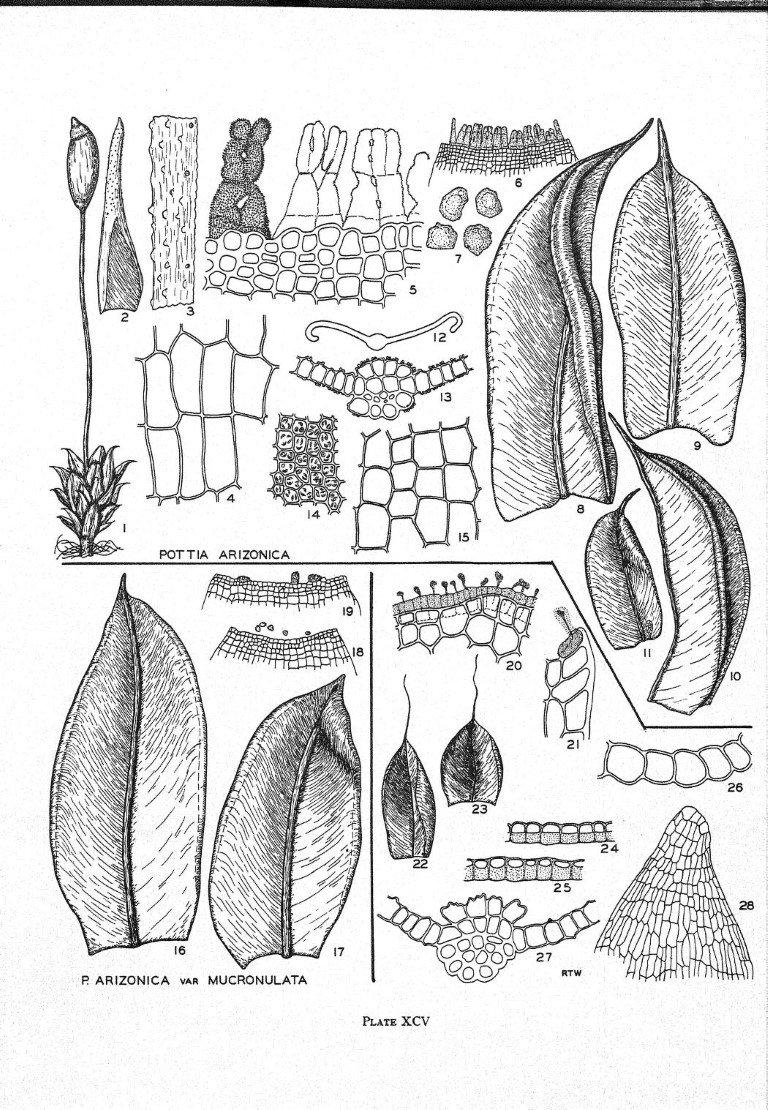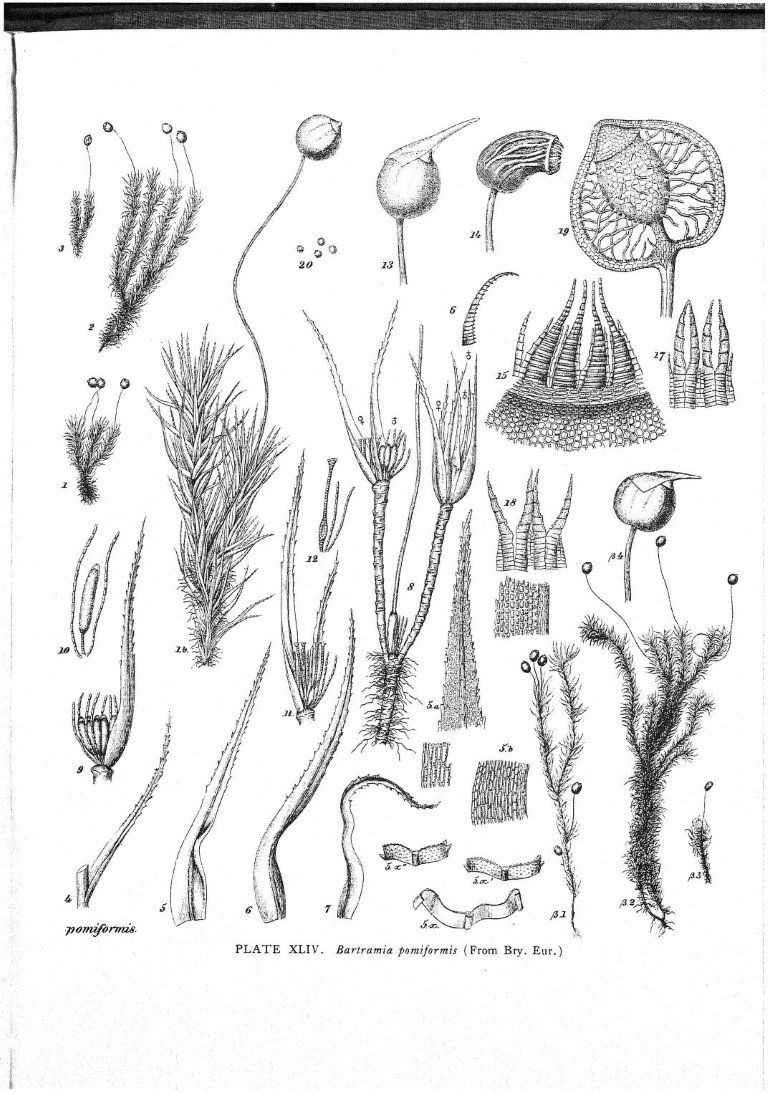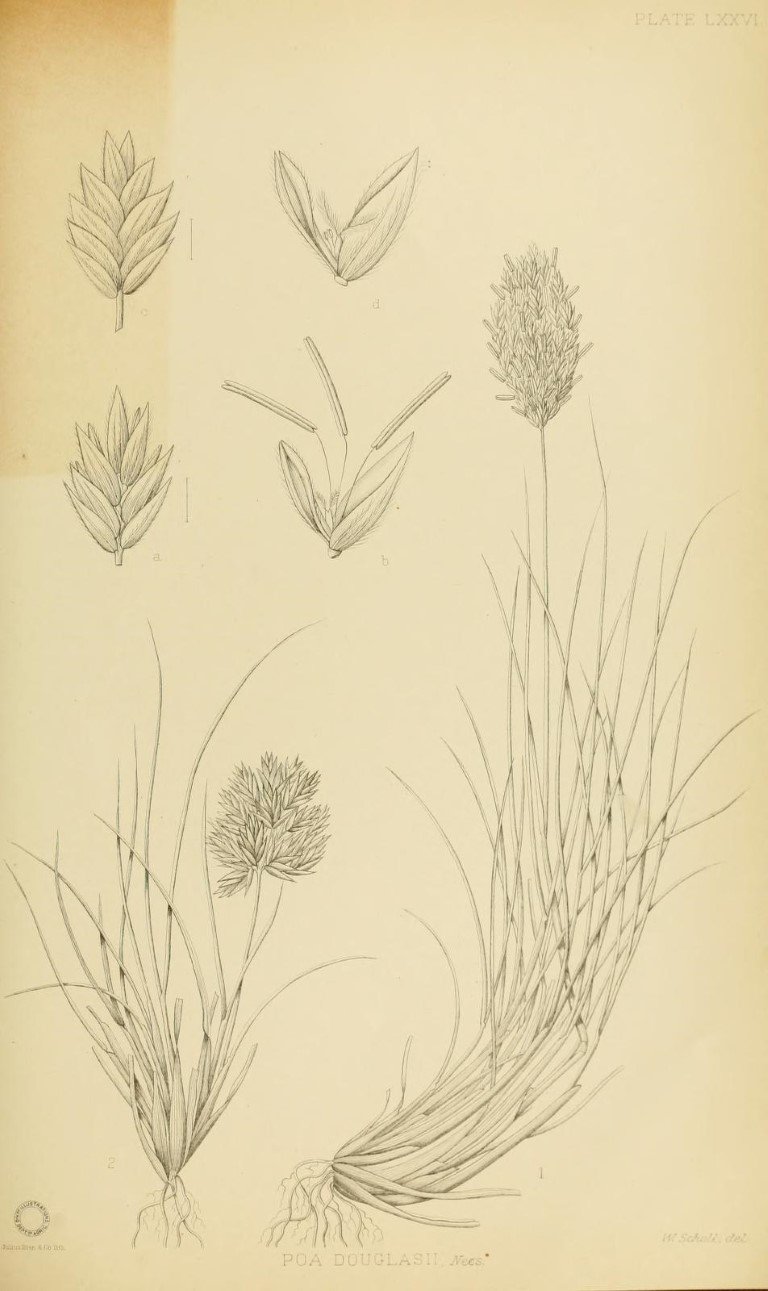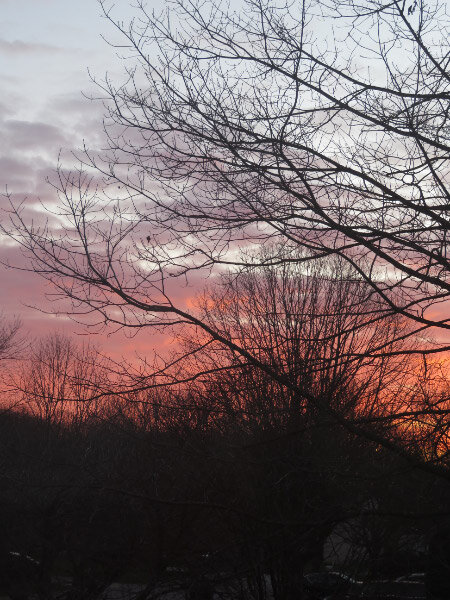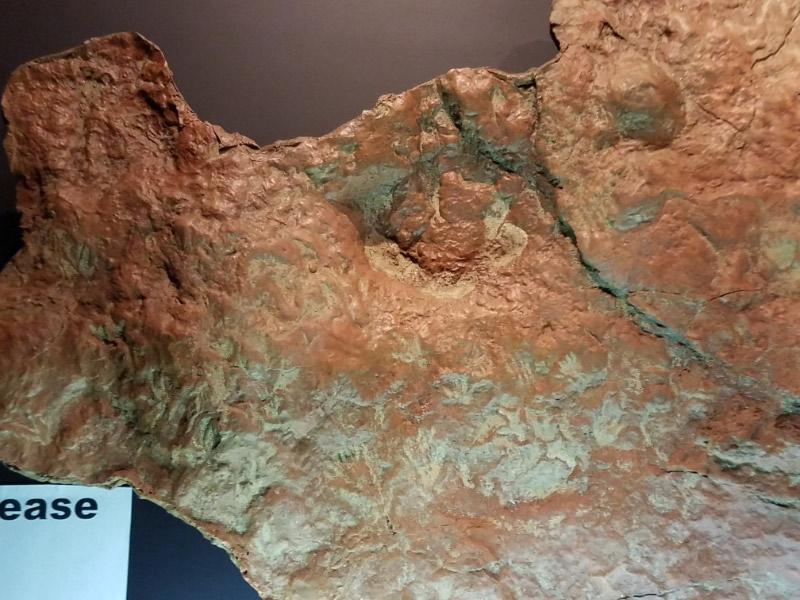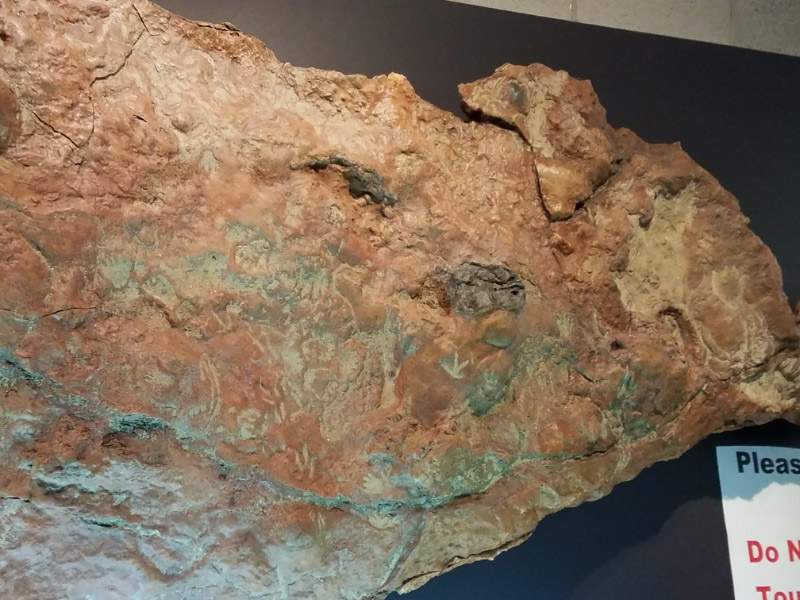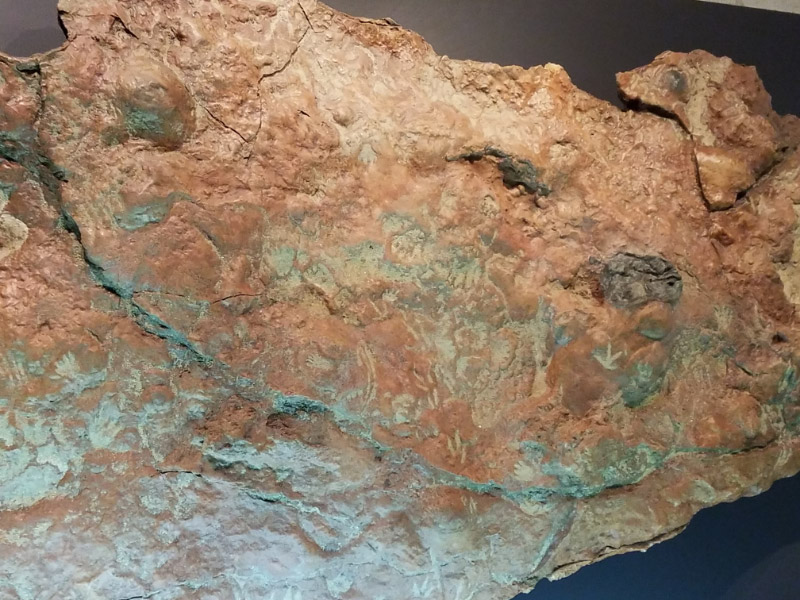eBotanical Prints – December 2022
/Another 20 botanical books in December. I started out the month with 12 volumes about mosses of North America published by A. J. Grout; the Wikipedia entry says that he taught at Curtis High School in Staten Island from 1908 to 1930…and evidently kept his primary focus on mosses for his entire adult life.
This month also includes 2 books by Agnes Arber (a British botanist) and one by her husband Edward Alexander Newell Arber (a botanist/paleontologist). The Wikipedia article on Agnes reflects the challenging research situation for female academics of her time.
George Vasey was a British-born American botanist of the US Department of Agriculture. Three of his books about grasses finish out the December botanical print books.
The whole list of 2,532 botanical eBooks can be accessed here. The list for the December 2022 books with links to the volumes and sample images is at the bottom of this post.
Click on any sample images in the mosaic below to get an enlarged version. Enjoy the December 2022 eBotanical Prints!
Moss Flora Of North America Volume I Part 1 * Grout, A. J. * sample image * 1936
Moss Flora Of North America Volume I Part 2 * Grout, A. J. * sample image * 1936
Moss Flora Of North America Volume I Part 4 * Grout, A. J. * sample image * 1939
Moss Flora Of North America Volume II * Grout, A. J. * sample image * 1940
Moss Flora Of North America Volume II Part 1 * Grout, A. J. * sample image * 1933
Moss Flora Of North America Volume II Part 2 * Grout, A. J. * sample image * 1935
Moss Flora Of North America Volume III * Grout, A. J. * sample image * 1906
Moss Flora Of North America Volume III Part 1 * Grout, A. J. * sample image * 1928
Moss Flora Of North America Volume III Part 2 * Grout, A. J. * sample image * 1931
Moss Flora Of North America Volume III Part 3 * Grout, A. J. * sample image * 1932
Moss Flora Of North America Volume III Part 3 * Grout, A. J. * sample image * 1934
Moss Flora Of North America Volume II Part 3 * Grout, A. J. * sample image * 1935
Water Plants - A study of aquatic angiosperms * Arber, Agnes * sample image * 1920
Herbals, their origin and evolution; a chapter in the history of botany, 1470-1670 * Arber, Agnes * sample image * 1912
Devonian floras; a study of the origin of Cormophyta * Arber, Edward Alexander Newell; Arber, Agnes Robertson * sample image * 1921
The ferns (filicales) V1 * Bower, Frederick Orpen * sample image * 1928
Plant-life * Hall, Charles Albert * sample image * 1915
Illustrations of North American Grasses V1 - Grasses of the Southwest * Vasey, George * sample image * 1891
Illustrations of North American Grasses V2 - Grasses of the Pacific Slope * Vasey, George * sample image * 1893
The agricultural grasses of the United States * Vasey, George * sample image * 1884



